Cold emailing might seem like a daunting task, but with the right approach, it can be a powerful tool for expanding your reach, generating new leads, and driving sales.
In this blog post, we will provide you with a comprehensive guide to create a quality cold email list, craft compelling emails, and develop an effective cold email campaign strategy. So, buckle up and join us on this journey towards mastering the art of cold emailing!
Key Takeaways
- Apollo + Findymail are the best cold email list building tools currently.
- LinkedIn Sales Navigator + Findymail is also a good list building combination.
- If you need help verifying your pre-purchased lists from other sources, use a tool like MillionVerifier.
Understanding Cold Email Lists
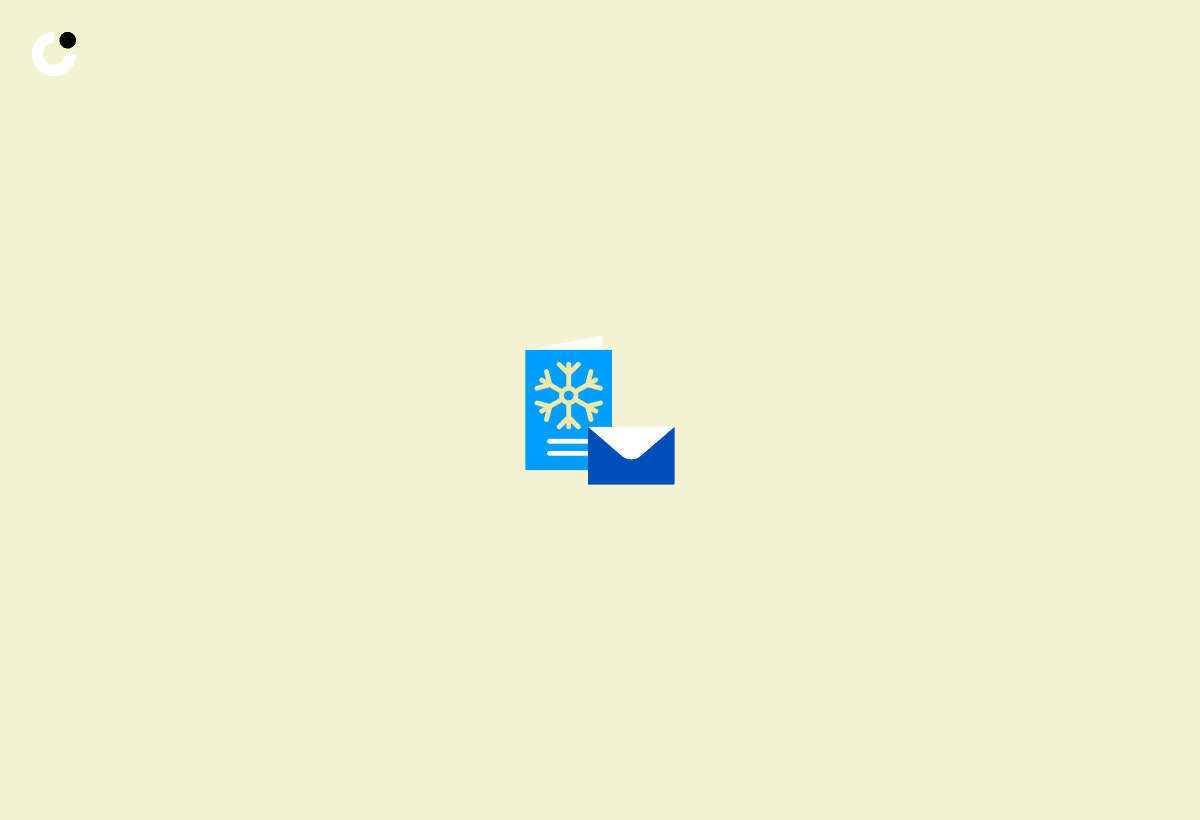
Cold email lists, a key component of cold email marketing, consist of potential customers who have not had prior contact with your business. They can be a valuable resource for expanding your reach and generating new leads, but also come with challenges and risks, such as deliverability issues and compliance with anti-spam regulations.
You can construct a robust cold email list by identifying your target audience, evaluating potential sources, and authenticating email addresses with suitable email marketing software.
Benefits of Cold Email Lists
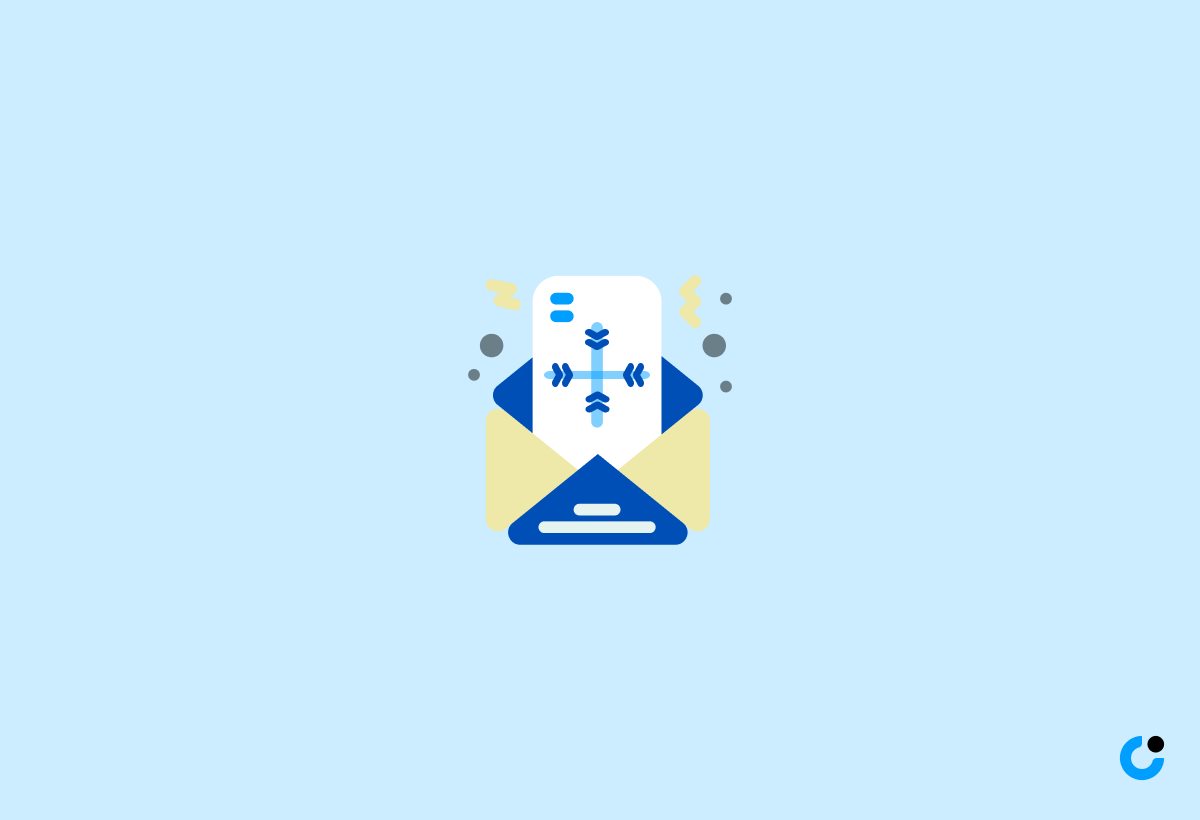
An integral component of a thriving email marketing strategy, cold email lists assist businesses in:
- Reaching fresh audiences
- Generating leads
- Propelling sales
- Offering a cost-effective method to reach prospective customers
- Cultivating leads
- Fostering relationships
- Boosting sales
- Broadening the customer base
For instance, one entrepreneur was able to generate over $20 million in new business through cold email outreach. These success stories illustrate the effectiveness of cold email lists in driving business growth.
Challenges and Risks

Building and maintaining a cold email list can be time-consuming and may result in deliverability issues or non-compliance with anti-spam regulations if not managed properly. The purchase of lead lists may present certain risks, such as increased costs and questionable accuracy.
Careful construction of your cold email list is important to ensure compliance with anti-spam regulations and successful delivery to the intended recipients, avoiding the spam folder. This includes configuring Sender Policy Framework (SPF), DomainKeys Identified Mail (DKIM), and Domain-based Message Authentication, Reporting & Conformance (DMARC) for your domain.
Building Your Ideal Cold Email List
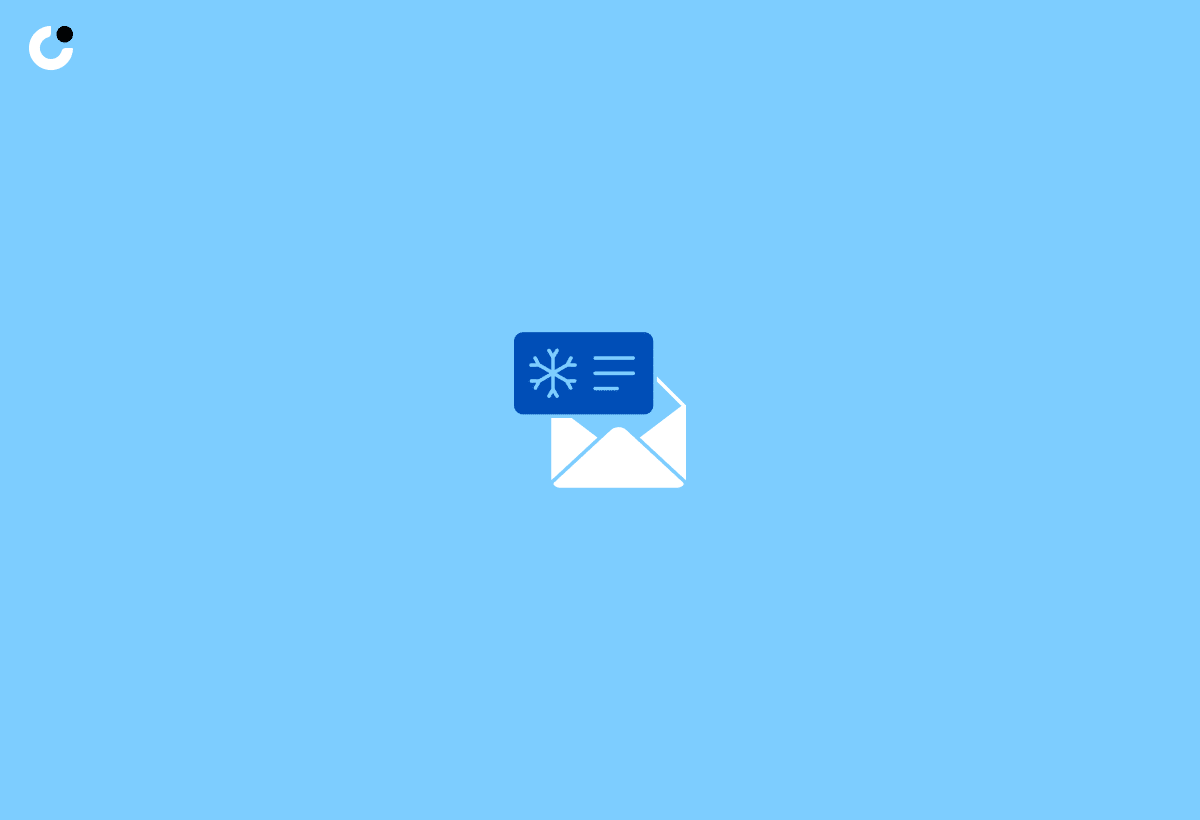
The creation of an exceptional cold email list begins with defining your target audience, sourcing prospects, and verifying email addresses for accuracy and deliverability. By doing so, you can tap into the benefits of cold emailing while mitigating the challenges and risks associated with it.
The upcoming sections will provide a deeper understanding of each step, offering practical strategies to construct a result-driven cold email list.
Define Your Target Audience

Identifying your ideal customer profile is the first step in creating a targeted cold email list. This includes job titles, industries, and company sizes that ensure your cold email list is tailored and pertinent to your target audience. A well-defined target audience enables you to customize your cold emails to cater to their needs, interests, and challenges, thereby enhancing lead generation and sales potential.
Research and Prospect Sources

Finding potential leads that fit your target audience is crucial for building an effective cold email list. Utilize various tools and databases, such as Apollo & LinkedIn Sales Navigator, email finders, and custom scrapers (like Findymail), to identify potential leads.
Researching and sourcing prospects can lead to the discovery of superior leads, enhancing the probability of engagement with your cold emails and customer conversions through cold calling. By implementing effective strategies and obtaining a prospect’s email address, you can generate leads that will ultimately contribute to your business’s success.
Verify and Validate Email Addresses
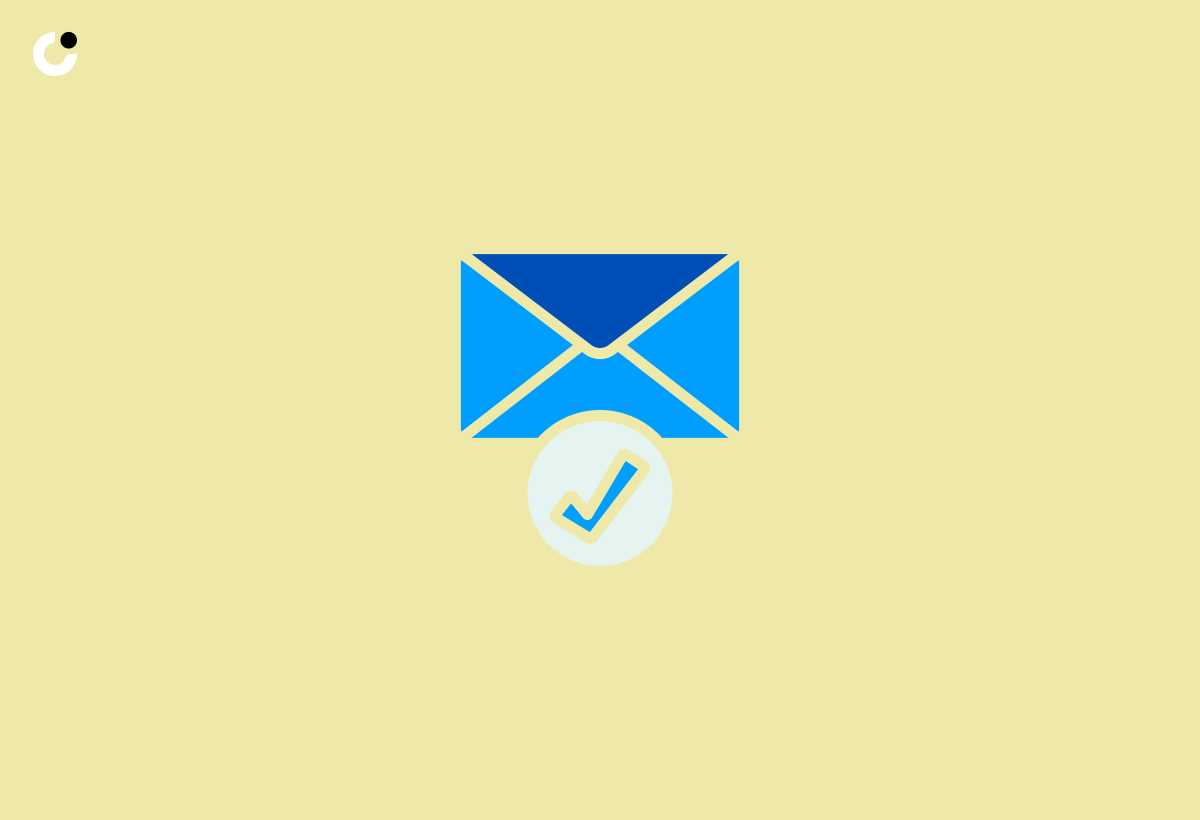
Ensuring the accuracy and deliverability of your cold email list is essential for a successful campaign. Use email verification tools, such as MillionVerifier, NeverBounce, and BriteVerify, to guarantee the accuracy and deliverability of your cold email list.
Email address verification and validation can decrease bounce rates, bolster sender reputation, and elevate the likelihood of your emails reaching the correct recipient.
Crafting Compelling Cold Emails
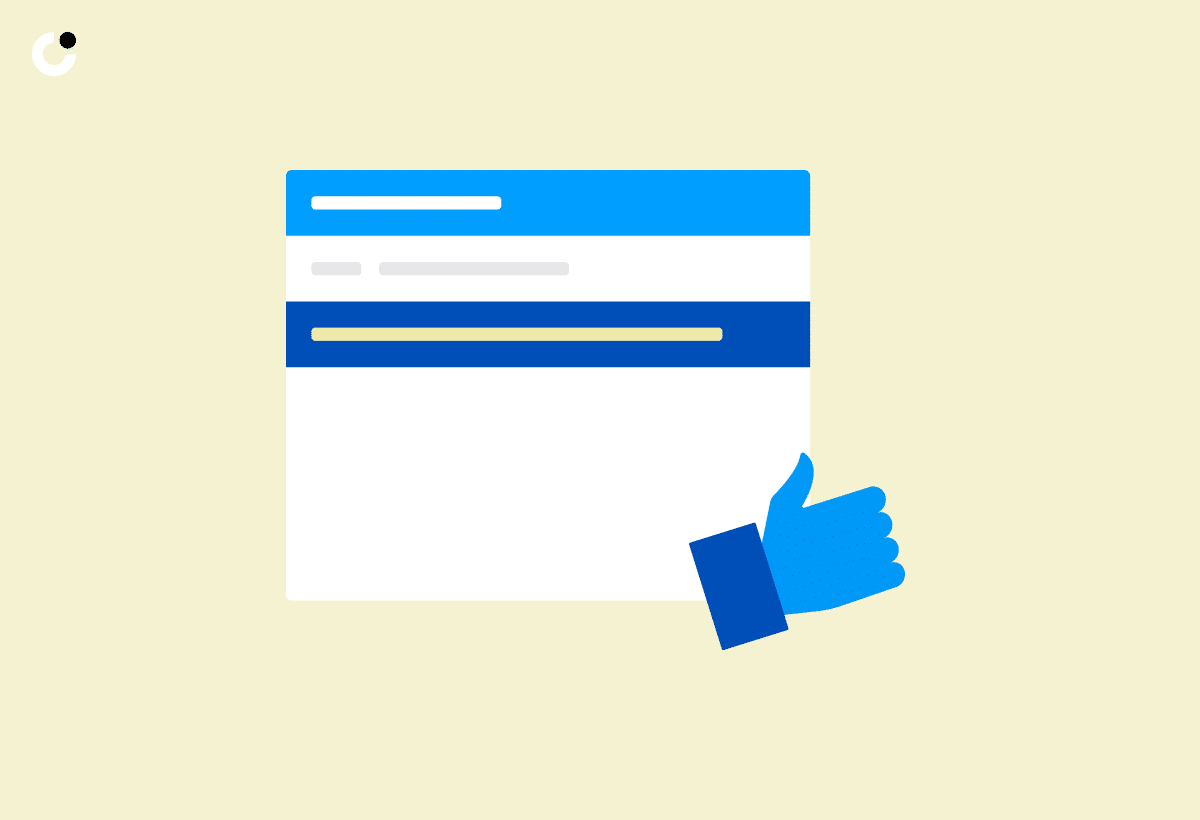
Once you have built a quality cold email list, it’s time to craft compelling cold emails that resonate with your target audience. To increase engagement and response rates, focus on personalizing your cold emails, creating attention-grabbing subject lines, and writing clear and concise email content.
The following sections will delve into these elements in greater detail, offering invaluable insights and strategies to differentiate your cold emails in an overflowing inbox.
Personalization Techniques
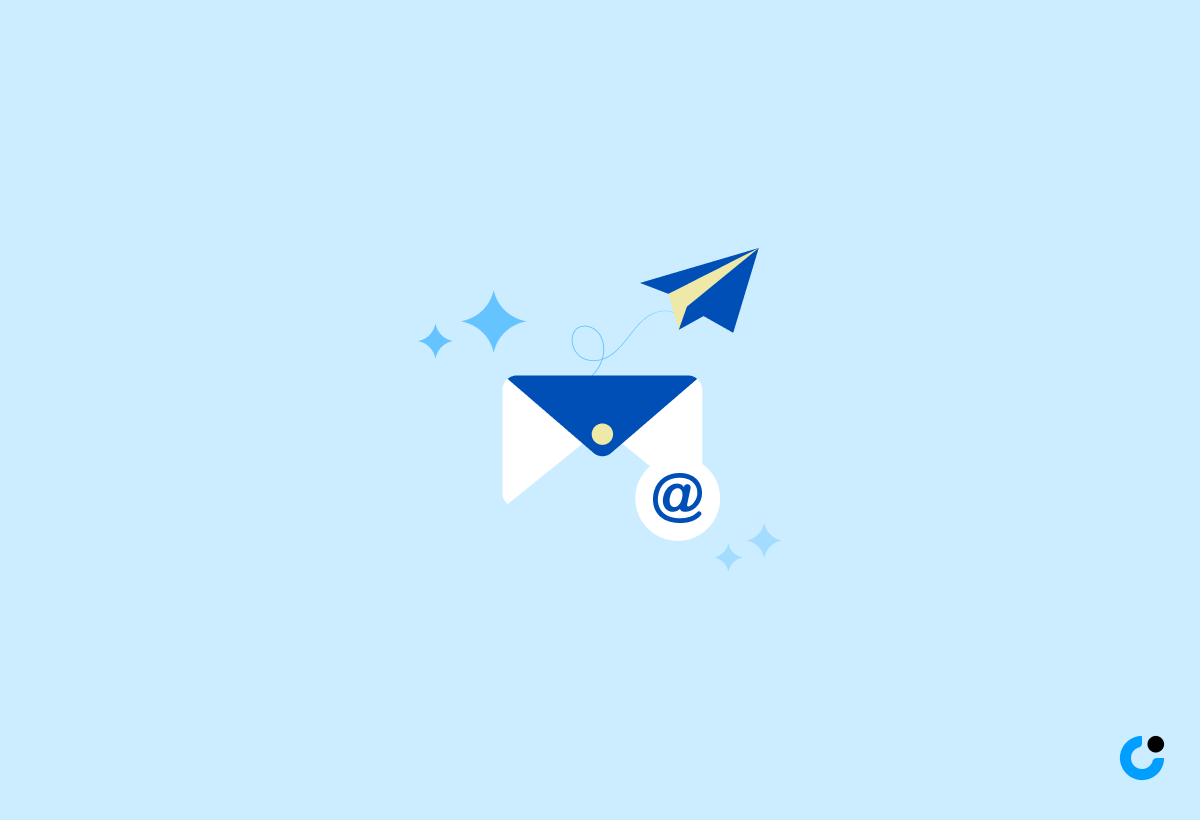
Personalization is key to boosting engagement and response rates in your cold emails. Use prospects’ names, company names, and pain points to create personalized emails that resonate with your target audience. Incorporating these personalization techniques enhances the possibility of eliciting responses and cultivating relationships with your recipients.
Subject Lines That Stand Out

Craft short, personalized subject lines that instill a sense of urgency and encourage recipients to open your email. Studies have shown that including the recipient’s name in the subject line can increase open rates by 29.3%.
Crafting captivating subject lines augments the chances of your emails getting opened and read, thereby leading to improved engagement and conversion rates.
Clear and Concise Email Content
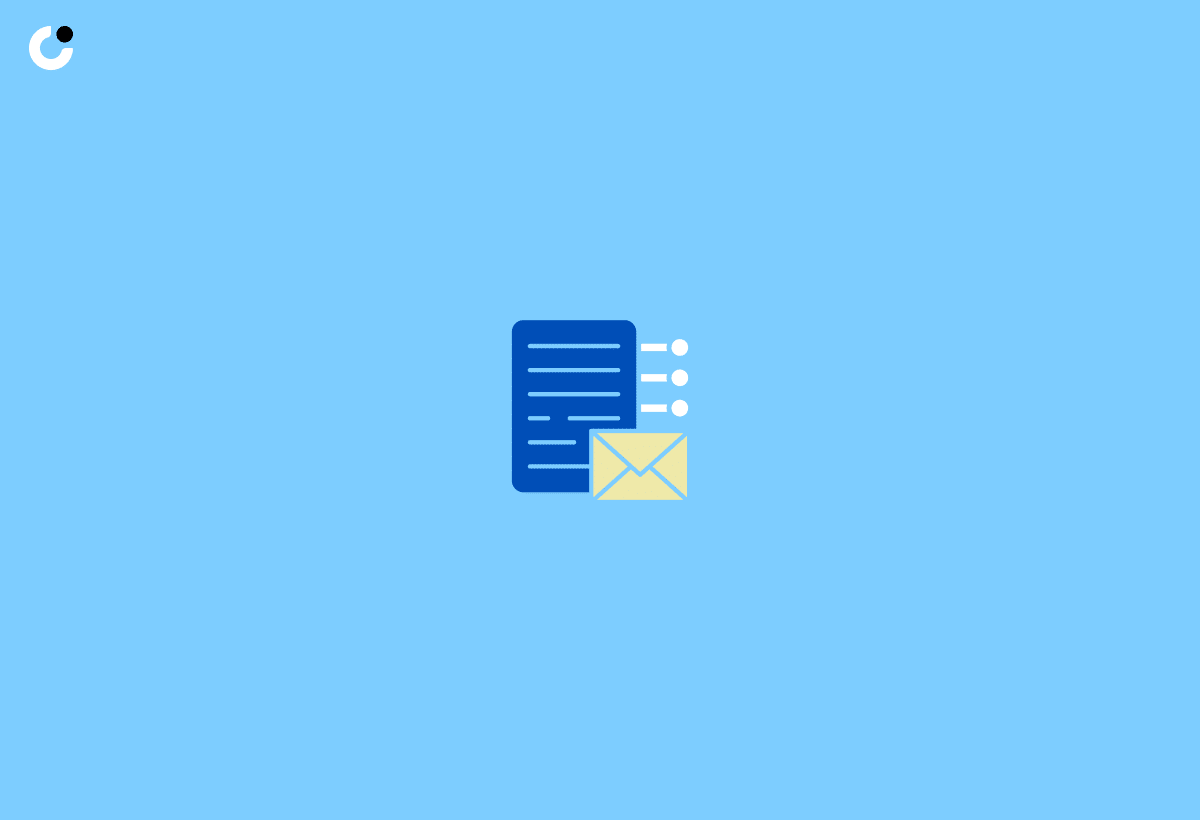
Keep your email body brief, using as few words as possible, and focus on the recipient’s needs, with a clear call-to-action that invites them to take your desired action. Utilize brief sentences, abstain from technical terms, and use bullet points to make your message easy to read and understand. This approach is also effective when writing a blog post.
Clear and concise email content boosts the probability of recipient engagement and action-taking with your cold emails. Utilizing cold email templates can help streamline this process.
Implementing a Cold Email Campaign Strategy
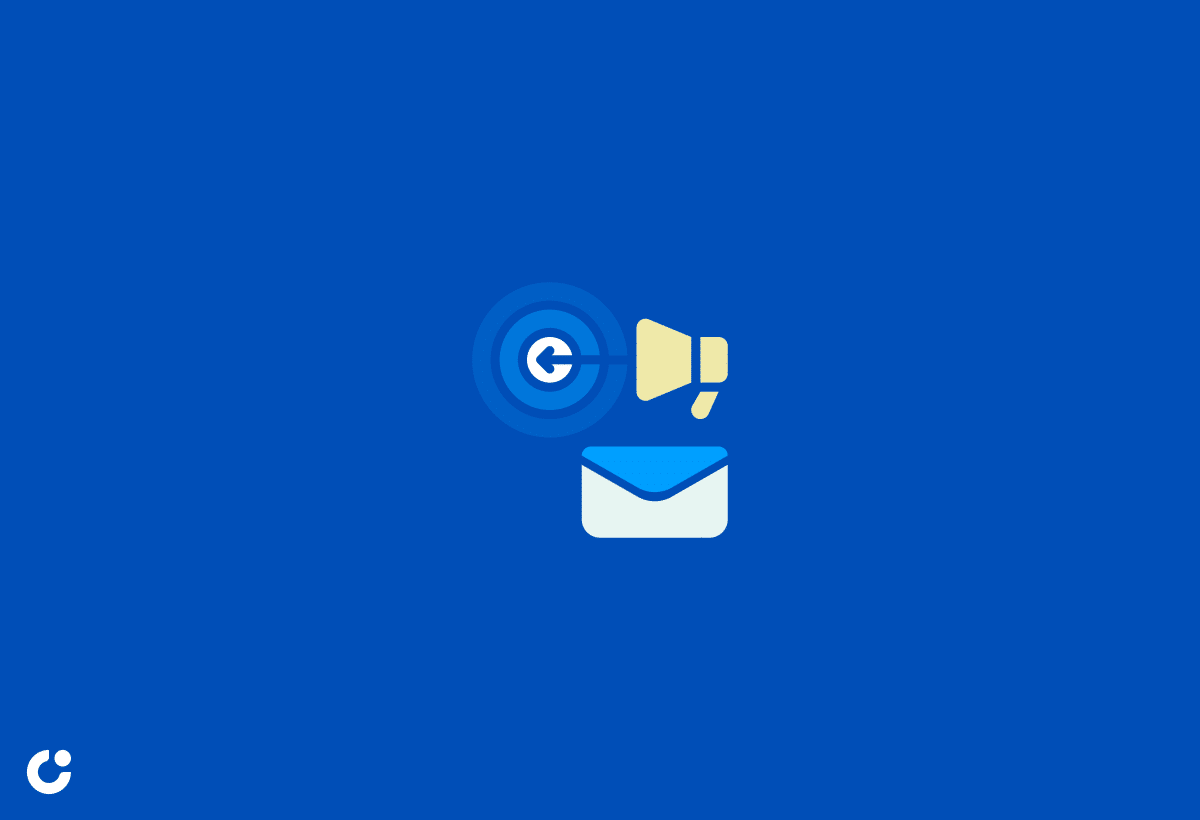
Developing a strategic approach to your cold email campaign is essential for maximizing its effectiveness. This includes planning the timing and frequency of your emails, devising follow-up strategies, and tracking and analyzing results to make data-driven adjustments as needed.
The subsequent sections will elaborate on these components, offering practical strategies to fine-tune your cold email campaign for success.
Timing and Frequency
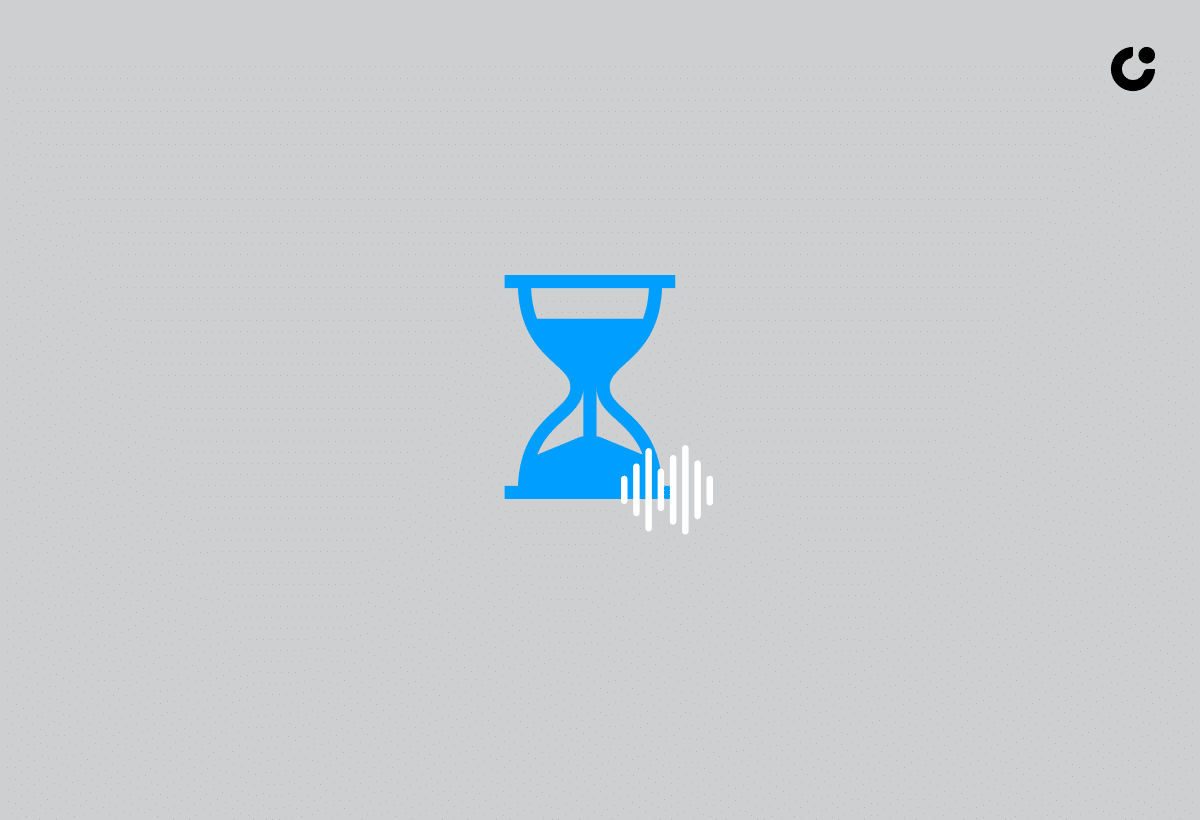
Avoid sending emails on weekends and consider the best times of day for your target audience to maximize engagement. Research shows that open rates are higher during weekdays, particularly on Tuesdays, Wednesdays, and Thursdays.
Thoughtful selection of timing and frequency for your cold emails boosts the probability of your messages being read and acted upon.
Follow-up Strategies
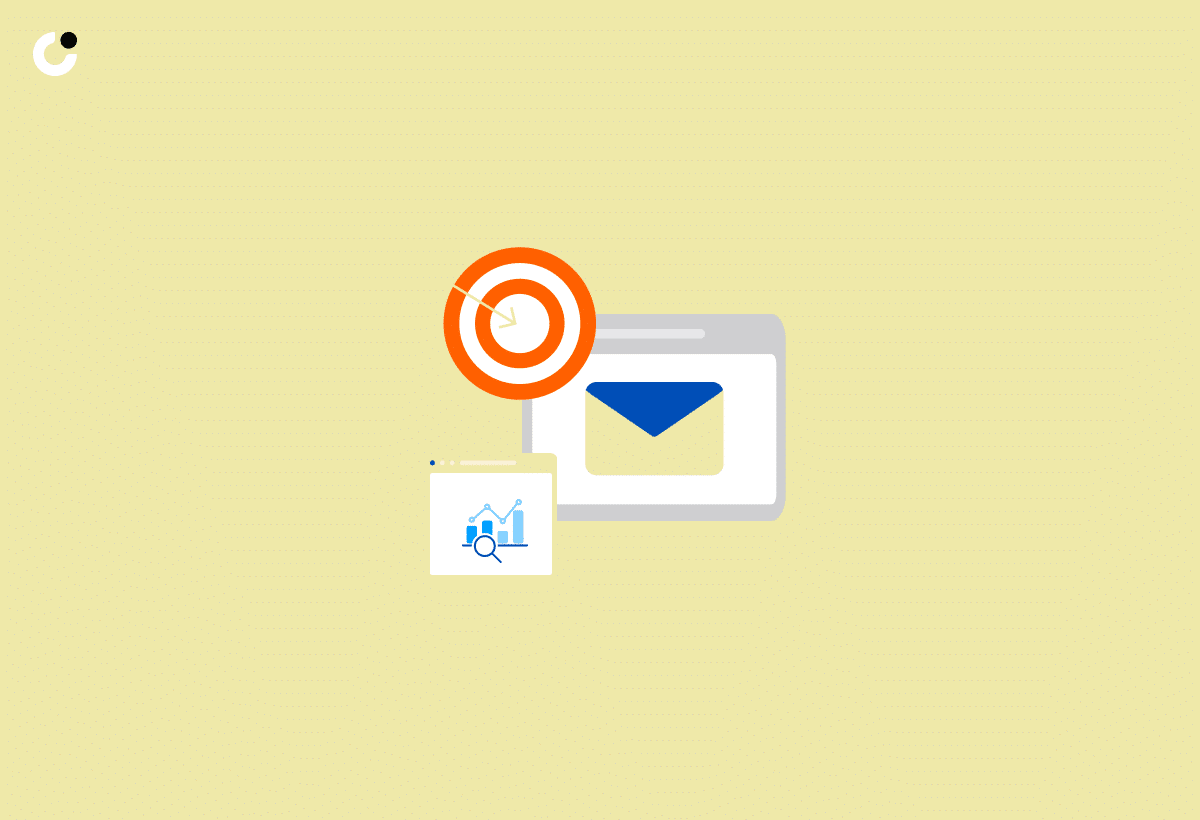
Plan a series of follow-up emails to increase the chances of a response, gradually increasing the waiting time between each follow-up. Research suggests that the optimal day to send cold emails is Monday, followed by Tuesday and Wednesday.
Strategic planning of your follow-up emails can enhance response rates, ultimately leading to more lead generation. One effective strategy is to send a well-crafted follow up email after the initial communication.
Tracking and Analyzing Results
Use email tracking tools and analytics to monitor the performance of your cold email campaign and make data-driven adjustments as needed. Track key metrics such as open rates, click-through rates, and conversion rates to evaluate the effectiveness of your campaign.
Tracking and analyzing results enable continuous refinement of your cold email strategy, optimizing your campaigns for success.
Tips for Staying Compliant with Anti-Spam Regulations
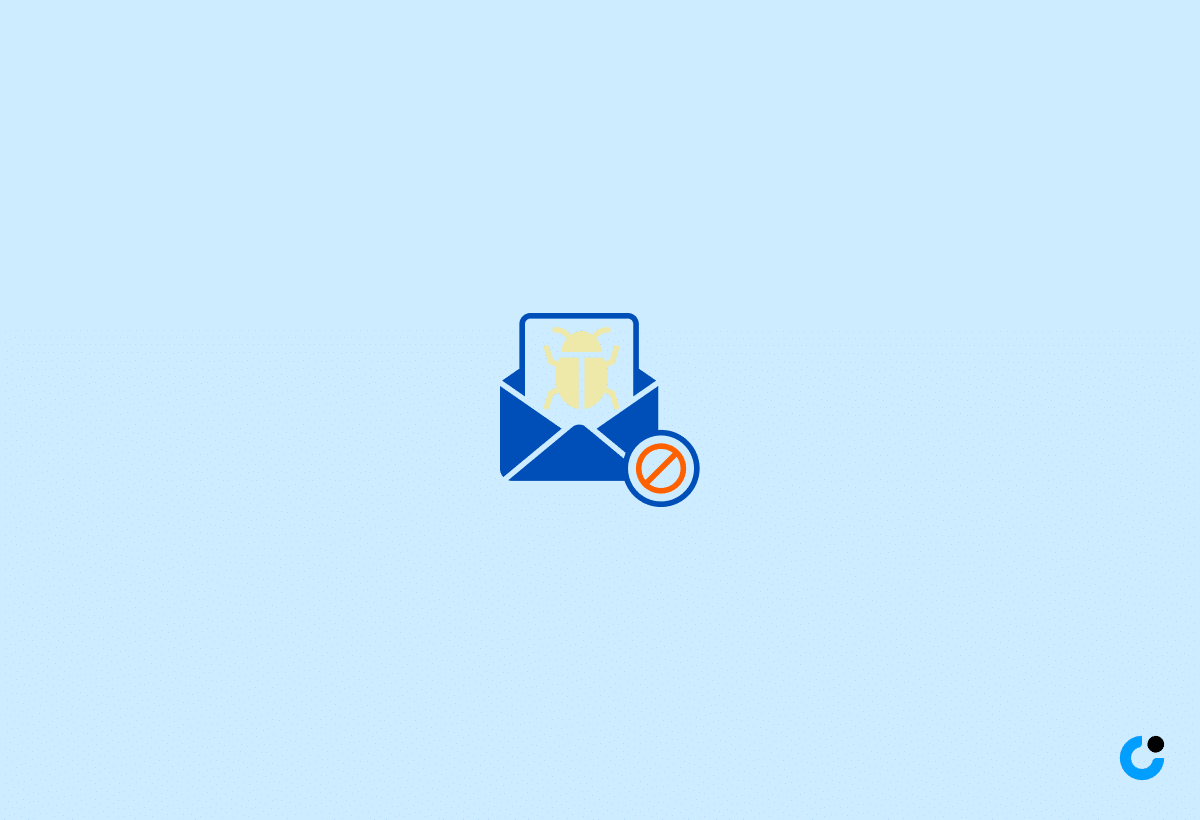
Ensuring your cold email campaigns comply with anti-spam regulations is crucial for maintaining a positive sender reputation and avoiding potential legal issues. Implementing opt-out mechanisms and providing accurate sender information are two key strategies for staying compliant with these regulations.
The upcoming sections will dive deeper into these strategies, equipping you with the necessary knowledge to carry out effective and legally compliant cold email campaigns.
Opt-Out Mechanisms

Include a clear and easy-to-use opt-out mechanism in your cold emails to allow recipients to unsubscribe from future communications. This ensures your emails comply with anti-spam regulations, such as the CAN-SPAM Act, and allows recipients to have control over the emails they receive.
Accurate Sender Information

Provide accurate and transparent sender information, including your company name, physical address, and contact information, to comply with anti-spam regulations and build trust with your recipients. Transparency and accuracy in your cold emails help establish credibility, build trust, and upkeep a positive sender reputation.
Summary
In conclusion, cold emailing can be an incredibly effective tool for expanding your reach, generating leads, and driving sales when executed correctly. By building a quality cold email list, crafting compelling emails, developing a strategic cold email campaign, and staying compliant with anti-spam regulations, you can harness the power of cold emailing to grow your business and achieve your marketing goals. The knowledge and strategies outlined in this guide provide a strong foundation for you to embark on your cold emailing journey with confidence and success.
Frequently Asked Questions
What is a cold list email?
A cold email is an unsolicited email used to introduce your brand to a recipient who has no prior relationship with you or your company. It is not spam, but rather an effective way to build relationships and introduce potential customers to your products or services.
How do I get email list for cold emails?
Using an email finder is a cost-effective way to gather emails for your cold emails. Look for emails on LinkedIn, Twitter, Facebook, and other social media platforms to start building your list. Make sure the emails do not have any random artifacts at the end. Keep it professional and make sure your first sentence contains a clear conclusion.
Is cold emailing illegal?
Cold emailing is not illegal in the US, as long as you abide by the rules set forth by the CAN-SPAM Act. This includes including your contact information, an unsubscribe link, and other requirements for the sender.
How can I personalize my cold emails?
Personalize your cold emails by addressing your prospects by name, mentioning their company, and highlighting their pain points to show you understand their needs. Use a professional tone and create a clear conclusion to effectively connect with your reader.
How can I ensure my cold email campaigns comply with anti-spam regulations?
To ensure your cold email campaigns comply with anti-spam regulations, include opt-out mechanisms and accurate sender information, and write professional, direct language without introductions or summaries.

